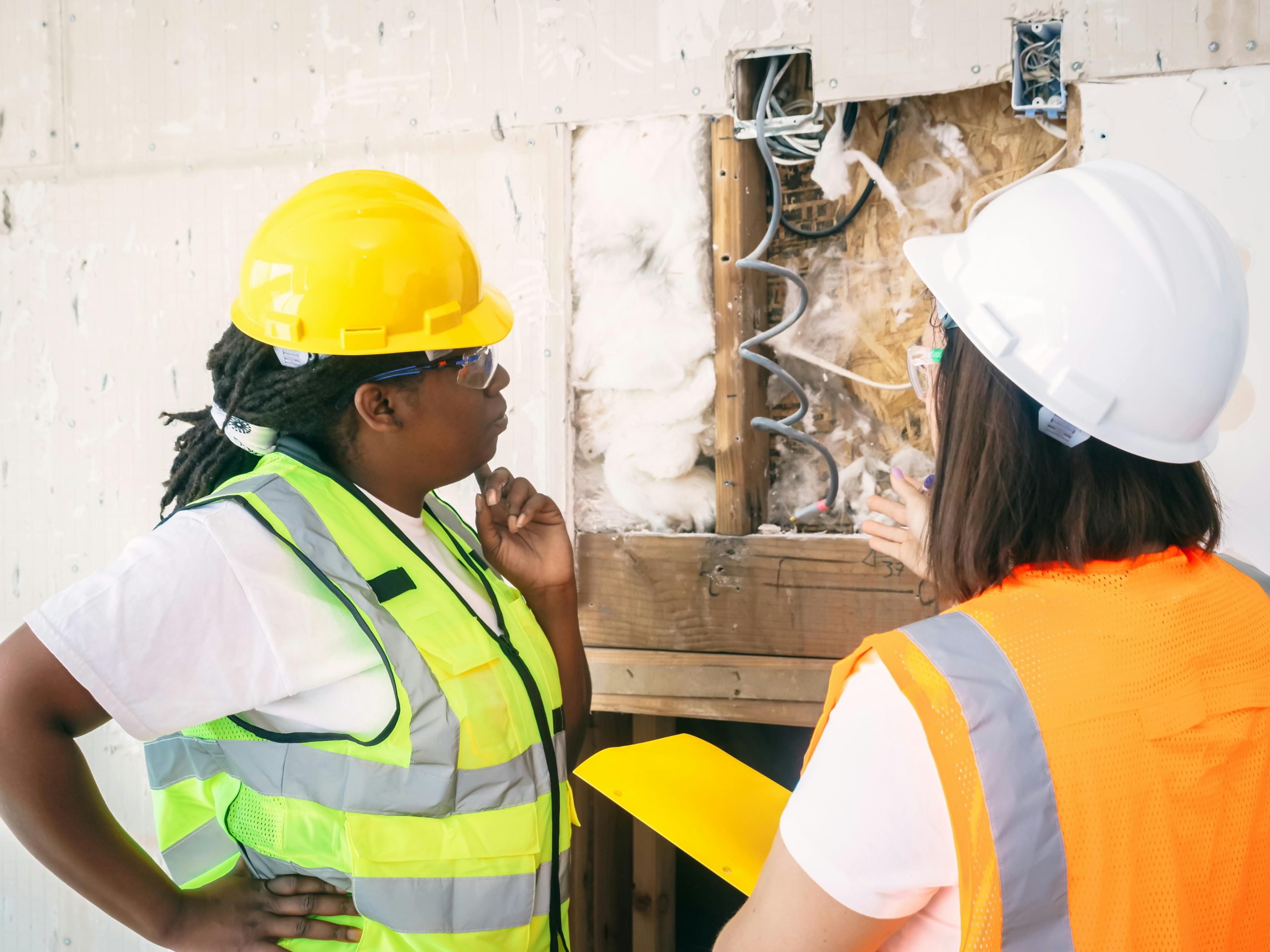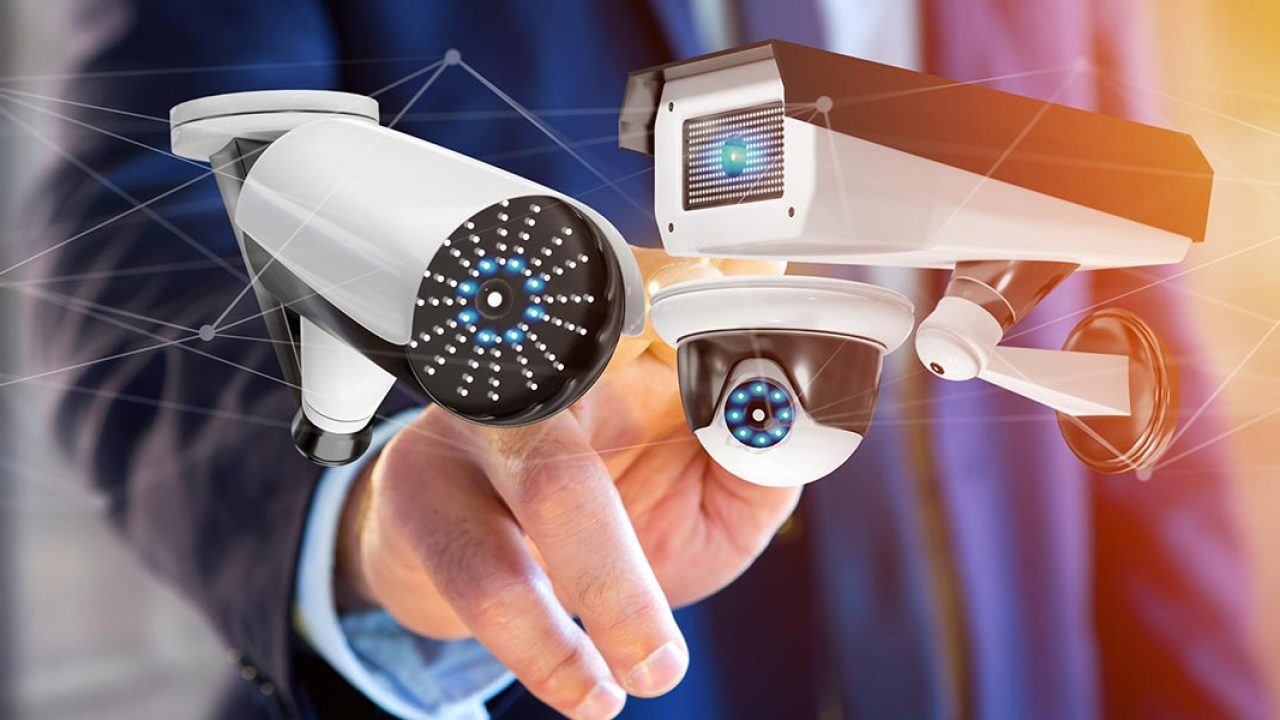
In today’s fast-paced work environments, Workplace safety communication has never been more important—or more complex. With evolving regulations, remote teams, and rapid tech adoption, businesses must rethink how they deliver critical safety information. Whether you’re managing a construction site, manufacturing plant, or corporate office, clear and effective communication can make the difference between a safe day at work and a preventable accident.
At Safety-Chat, we understand that good safety practices start with great communication. This article explores cutting-edge strategies to help you strengthen your safety messaging, engage your workforce, and create a culture where safety is second nature.
Why Workplace Safety Communication Matters More Than Ever
Workplace safety communication isn’t just about sending out policy updates or hanging a few warning signs. It’s the foundation of a proactive safety culture—ensuring that every team member understands risks, protocols, and their role in preventing incidents.
In 2025, rising workplace complexities—from hybrid work models to increasing mental health challenges—demand a smarter, more human-centered approach. Poor communication can lead to misunderstandings, unsafe practices, and legal liabilities. On the other hand, strong communication builds trust, improves compliance, and saves lives.
Strategy #1: Leverage Technology for Real-Time Communication
Embrace Safety Apps and Digital Platforms Workplace Safety Communication
Modern digital tools are revolutionizing workplace safety communication. Mobile safety apps, wearable tech, and cloud-based dashboards allow instant updates, incident reporting, and access to emergency protocols from any location.
Platforms like SafetyCulture or Microsoft Teams (with safety bot integrations) enable seamless, trackable communication—making it easier to share hazard alerts, inspection results, and compliance reminders in real time.
Use Push Notifications for Urgent Alerts Workplace Safety Communication
In emergencies, every second counts. Push notifications sent through company apps or SMS systems ensure that workers receive immediate instructions during fire drills, chemical spills, or active threats—regardless of whether they’re on-site or remote.
Strategy #2: Train Leaders to Be Safety Communicators
Supervisor Safety Briefings
Your front-line leaders play a pivotal role in how safety messages are received and acted upon. Conduct regular training sessions for supervisors on how to deliver daily safety briefings, engage with questions, and model correct behaviors.
Use “Toolbox Talks” Effectively Workplace Safety Communication
Short, focused talks before shifts are a proven method for reinforcing safety protocols. To enhance workplace safety communication, structure these talks around recent incidents, seasonal hazards, or new equipment usage, and encourage open dialogue.
Strategy #3: Prioritize Two-Way Communication
Encourage Feedback and Reporting Workplace Safety Communication
One-way safety messaging is outdated. Empower employees to speak up about hazards, near-misses, and unclear procedures. Use anonymous reporting tools and encourage feedback during meetings.
When workers feel heard, they’re more likely to take ownership of safety processes.
Build Psychological Safety
Creating a workplace where people feel safe reporting problems without fear of retaliation is critical. Train managers to respond positively to concerns and integrate feedback into continuous improvement efforts.
Strategy #4: Tailor Safety Messages to Your Workforce
Adapt for Multilingual Teams
In diverse workplaces, workplace safety communication must overcome language barriers. Provide materials in multiple languages and use visual aids, symbols, and demonstrations to reinforce understanding.
Consider Learning Styles
Some workers absorb information best through visuals, others through hands-on practice. Use a mix of formats—videos, infographics, live demos, and written guides—to ensure your safety messaging resonates with everyone.
Strategy #5: Use Data to Improve Safety Communication
Analyze Communication Metrics
Track open rates of emails, app engagement, participation in safety training, and incident reports. These metrics reveal gaps in understanding and highlight where communication strategies need refining.
Apply Predictive Analytics
Forward-thinking companies use AI and data analytics to predict where accidents might occur based on historical data, and then tailor their communication accordingly to mitigate risk.
Strategy #6: Make Safety Communication Part of Culture
Celebrate Safe Practices
Highlight teams or individuals who follow safety protocols, report hazards, or contribute to solutions. This reinforces positive behaviors and builds a shared commitment to safety.
Visual Reminders and Signage
Never underestimate the power of visual cues. Consistent signage in high-risk areas, reminder posters, and digital displays keep safety top of mind throughout the day.
Strategy #7: Conduct Regular Safety Communication Audits
Evaluate Communication Channels
Are your emails getting read? Do workers understand the safety protocols they’ve signed off on? Conduct periodic reviews of your communication methods to assess effectiveness and clarity.
Involve Employees in the Review Process
Ask for feedback on safety communication through surveys or focus groups. This not only helps improve your strategy but also boosts employee engagement and buy-in.
Final Thoughts: Building a Safer Future Through Better Communication
Improving workplace safety communication in 2025 isn’t just about using the latest tools—it’s about building trust, encouraging dialogue, and committing to continuous improvement. By embracing technology, promoting two-way conversations, and tailoring your approach to your workforce, you can create a resilient safety culture that protects your people and your business.
At Safety-Chat, we believe communication is the cornerstone of every great safety program. Start implementing these strategies today—and lead your workplace into a safer, smarter tomorrow. Explore our homepage now to stay ahead in the digital world.
FAQs
Q1: What are the biggest communication challenges in workplace safety today?
A: Common challenges include language barriers, inconsistent messaging across teams, lack of feedback channels, and information overload that causes workers to ignore safety updates.
Q2: How often should we update our safety communication plan?
A: Ideally, review and update your plan at least once per year—or after any major organizational changes, incidents, or regulatory updates.
Q3: What’s the role of technology in improving workplace safety communication?
A: Technology enables real-time alerts, better data tracking, mobile access to procedures, and tools like AI-driven predictive analytics that help target safety efforts more effectively.





